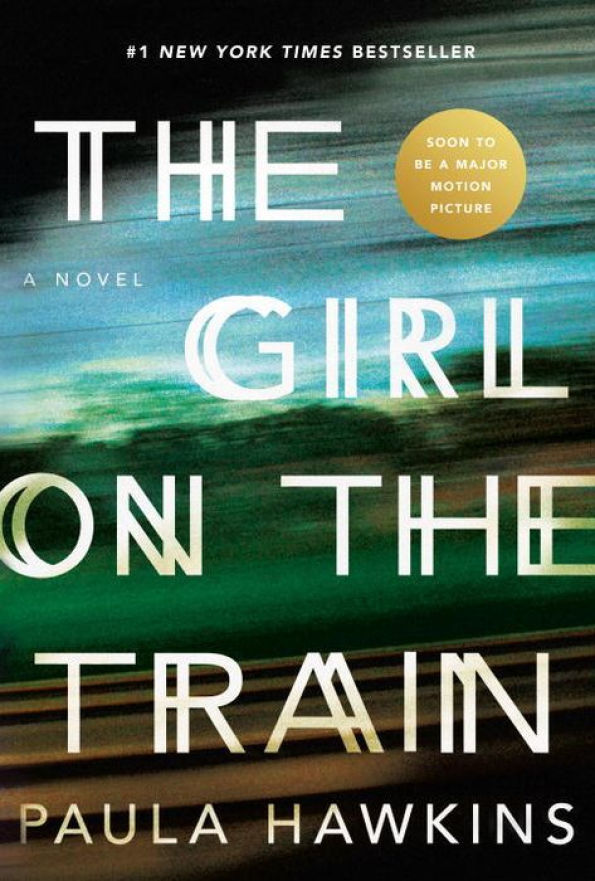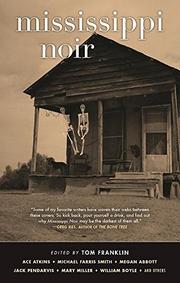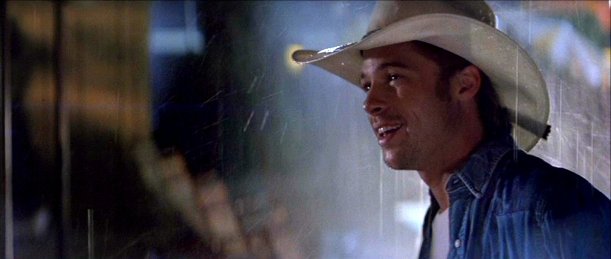No, not the St. Louis of the title song, Judy Garland, Margaret O’Brien and the cakewalk, but of the darker, more cynical St. Louis of Akashic’s recently released St. Louis Noir.
Fellow SleuthSayer John Floyd and I think alike, or at least we both have stories in one of the new Akashic Noir books that were released on August 2nd and wanted to write about them here on SleuthSayers. And I want to congratulate John on his story Pit Stop in Mississippi Noir, which I’ve ordered and am very much looking forward to reading.
I’d also like to congratulate fellow SleuthSayers Art Taylor (Best First Mystery), Barb Goffman (Best Short Story) and BK Stevens (Best Short Story) on their Macavity noms! Good luck to all of you! — And I hope I haven’t missed anyone.
Now to my noir tale:
Lights. Camera. Action.
Apparently there were lights over the Gateway Arch in St. Louis a few days ago. Everybody’s trying to figure out what they were. Kansas City TV station KMBC says “Mysterious light over Gateway Arch stumps St. Louis.” (http://www.kmbc.com/news/mysterious-light-over-gateway-arch-stumps-st-louis/41052670 ) I have an idea about what it might have been, which I’ll get to later. In the meantime, how’s this for a segue, from mysterious lights over the Arch to Akashic’s new St. Louis Noir anthology, which was just released last Tuesday.
The book is edited by Scott Phillips. Among several other great books, Scott is the author of the terrific The Ice Harvest, which was also made into a movie starring John Cusack and Billy Bob Thornton. I’m honored that my story Deserted Cities of the Heart is included among the many impressive stories in this collection, along with such talented writers as: John Lutz, Scott Phillips, Calvin Wilson, Lavelle Wilkins-Chinn, Colleen J. McElroy, Jason Makansi, S.L. Coney, Michael Castro, Laura Benedict, Jedidiah Ayres, Umar Lee, Chris Barsanti, and L.J. Smith.
In the intro, Scott says, “Amid all this is a rich, multicultural history of art and literature both high and low, stemming from conflict and passions running hot...This collection strives for some of that same energy that the collision of high and low can produce...All these writers come at their work with different perspectives and styles but all with a connection to and a passion for our troubled city and its surroundings.”
The Akashic Noir Series
The Akashic Noir series, begun in 2004, takes one to dark corners all around the world, literally. From Baltimore to Barcelona and Mumbai to Memphis. Even Prison Noir and Wall Street Noir—hmm…is there a connection there?
Like other Akashic noir books set in a certain locale the stories in St. Louis Noir take you on a Magical Mystery—or should I say Noir—Tour of the city and its surrounds, from Dogtown to downtown, from Gaslight Square to Glendale. And everything in between.
 |
| Gateway Arch 2001 by Rick Dickeman Source: Wikimedia Commons |
My story, Deserted Cities of the Heart, is set at the Gateway Arch, or at least begins there. The reason I chose the Arch as my setting is because I see it as aspirational, thrusting into the heavens. The promise of a bright future and bigger and better things. So, when my protagonist, Daniel, meets a hipster girl who shares his love for all things high-tech and geeky, including computer gaming, we think things are looking up for him. Then we start to wonder who’s ‘gaming’ who?
One of the things I like to do in my writing is to capture the mood or feel of a place. And I tried to do that with this story, which moves from the Arch to the Washington Avenue Historic District, the hipster-joint Atomic Cowboy and even Meramec Caverns, said to be one of Jesse James’ hideouts and deep into the core of cyberspace.
Here’s an excerpt:
Daniel looked up, thought he saw a mourning dove flying through the Gateway Arch, heading out in the direction of Route 66. It was gone now. He wasn’t sure if it was even there in the first place. Like Route 66, there but not there at the same time. What was left of that legendary highway passed right through St. Louis. Once America’s Mother Road, much of it now decommissioned, it existed more like a ghost or a shadow on the land. Daniel had always looked on it as an escape route. But escape to where? Besides, escape was nothing more than illusion. Wherever he went he’d take his baggage with him.
He wanted to forget the last three months had ever happened. Yeah, he wanted to shut those memories out. He didn’t want to think about yesterday. Didn’t want to think about today. And he definitely didn’t want to think about tomorrow. He never thought it would turn out like this.
Do you have to be from St. Louis to write about noir there or be in this volume? No, though I have been there. And I like absorbing the local color and history of a place. I hope I’ve expressed that with St. Louis. The fact is, I consider myself an LA writer, but I’ve been here and there, if not everywhere, and enjoy writing about many locales.
We probably all have goals that we’ve set for our writing careers. They might not be the same from one person to another, but we all have things we want to achieve. One of my goals has been to have a story in one of the Akashic Noir anthologies. I think that’s my major point here: that we all have goals and that with hard work and perseverance we will eventually achieve many of them, if not all.
And I’m happy to say that the book has been getting good reviews, and my story as well:
“…[I]t’s no surprise that the most notable tales are the work of three genre veterans…” including “…‘Deserted Cities of the Heart,’ by Paul D. Marks (‘White Heat’), [which] charts the fall of loner Daniel Hayden after he meets femme fatale Amber Loy at the Gateway Arch.”
—Publishers Weekly
“Joining Seattle, Memphis, Phoenix, and other noir outposts, St. Louis gets a turn to show its dark side in Phillips' collection of 13 dark tales and a poetic interlude...[A] spirited, black-hearted collection.”
—Kirkus Reviews
“Among my favorite stories in St. Louis Noir is one called ‘Deserted Cities of the Heart’ (by Paul D. Marks) in which a loner of an IT nerd with a security clearance is convinced to hack into a witness protection data base with disastrous results by the attractive young out-of-towner who suddenly comes into his life. …The bottom line: St. Louis Noir is another worthy addition to what is perhaps already the best series of short story collections to be published in decades.”
—Sam Sattler, Book Chase
Lights over the Arch
So what were those mysterious lights over the Arch? I think I know: they were the lights for the premier launch of Akashic’s St. Louis Noir!
***
www.PaulDMarks.com
Click here to: Subscribe to my newsletter































